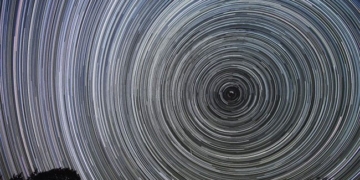Climate change can unevenly impact animal species due to various factors. For instance, climate change can alter environments, which may affect food scarcity, breeding, and the movement of animal species.
In a report published in the Living Planet Report last year, the World Wildlife Fund (WWF) stated that the relative abundance of monitored species worldwide has decreased by 69% since 1970. Approximately 1 million species are currently facing extinction risks, and there is increasing evidence that Earth has entered its sixth mass extinction event.
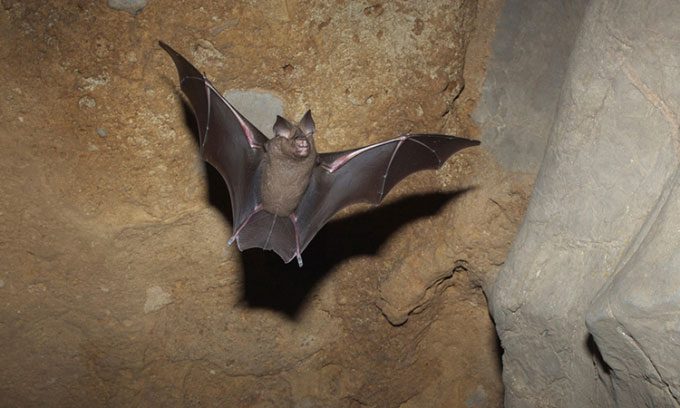
The hump-nosed bat (Hipposideros armiger) has increased by 1.64% since 1950, possibly due to climate change. (Photo: Dong Lei)
Climate change contributes to these extinction risks in complex and interconnected ways. It directly affects species population sizes by causing extreme weather events, increasing temperatures, or reducing rainfall beyond the thresholds needed for species to survive, thus shrinking the critical habitats that animals depend on. Additionally, climate change indirectly affects ecosystems by disrupting food chains.
A study published in the journal Science Advances, led by ecologist Giovanni Strona from the European Commission, indicated that larger animals positioned higher in the food chain are more vulnerable to climate change. In contrast, organisms lower in the food chain, such as insects and rodents, may fare better in an increasingly warming world.
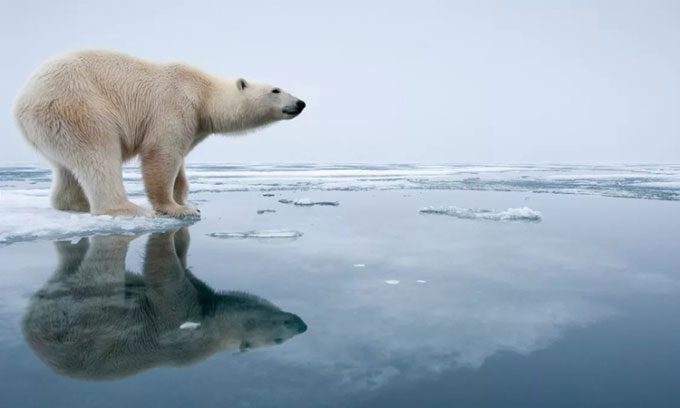
The polar bear, the largest land predator, is one of the most vulnerable species as Earth warms. (Photo: Paul Souders)
In another study published in the journal Global Change Biology last year, scientists examined 461 animal species across six continents and analyzed the impact of temperature changes and historical land use on their populations.
“The research findings indicate that species with rapid reproduction are very adept at exploiting new habitats,” said conservation biologist Gonzalo Albaladejo Robles from University College London, the lead author of the study, in an interview with Live Science.
Rapid reproductive cycles give animal species a higher chance of survival under disrupted environmental conditions, such as extreme weather or habitat loss. Meanwhile, slower-reproducing animals—often larger species—show the opposite trend in the study: their populations decline as temperatures and habitats change.
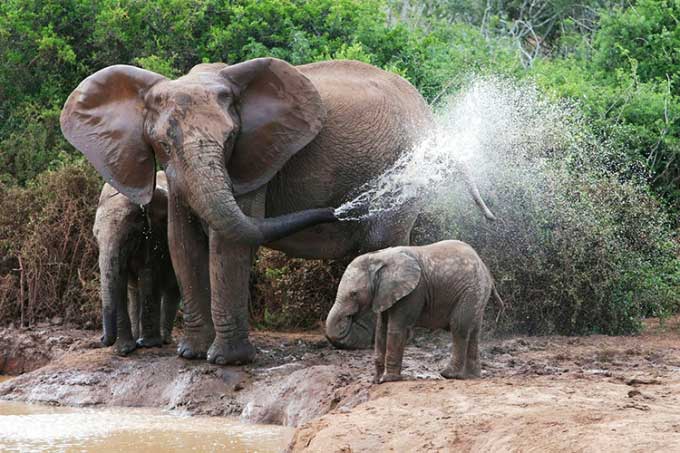
Elephants are vulnerable during drought due to lack of food and drinking water. (Photo: Fouroaks)
Size is also a factor that can hinder species. Robles added that larger animals struggle more with climate change because they require more food and are more threatened by habitat loss.
“If you are an elephant, you are more likely to be sensitive to drought and deforestation compared to smaller species that require fewer resources. In general, smaller animals are likely to survive better against human-induced impacts such as climate change and land use change,” the researcher explained.
Species with a diverse diet also cope better with climate change, according to WWF. For example, omnivores like raccoons and crows can adapt well when a food source disappears, while pandas (primarily bamboo eaters) and koalas (primarily eucalyptus eaters) will face significant challenges.
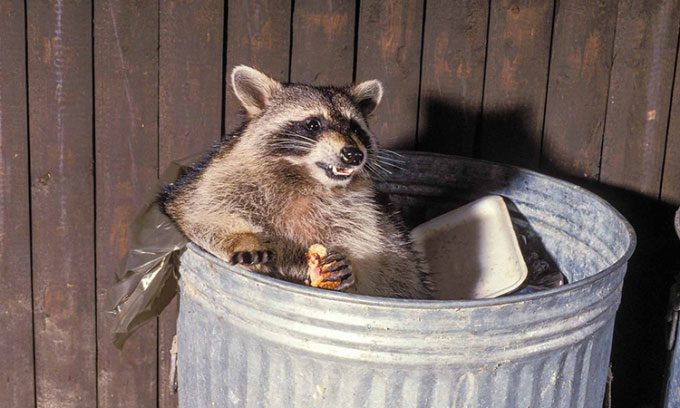
Raccoons enjoy food from a trash bin. (Photo: Counter).
Migration and adaptation to different habitats can also ensure animals’ survival in an uncertain future. For instance, many species that can only survive in freezing latitudes or coral reefs are at greater risk due to environmental degradation as Earth warms. Animals such as parrots, bats, and shrews are “transforming” over generations: developing larger beaks, wings, and tails to help them cool off more effectively in warmer climates, thus adapting better.
All of this suggests that animals that recover better from environmental changes and temperature shifts are more likely to thrive in a warmer world. Overall, small, common, rapidly reproducing species that occupy lower positions in the food chain are expected to adapt best to climate change, including cockroaches, mice, rats, bats, crows, pigeons, some predatory birds, and raccoons.





















































